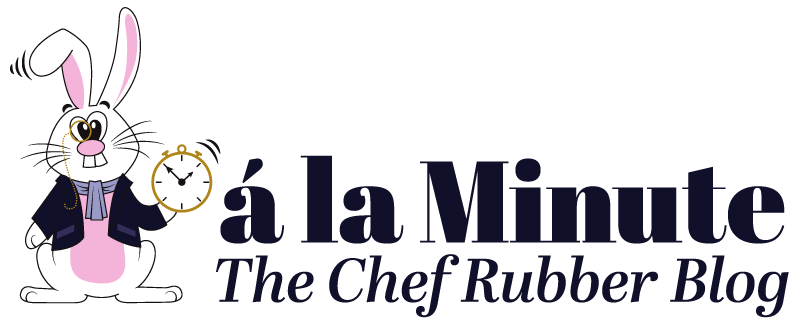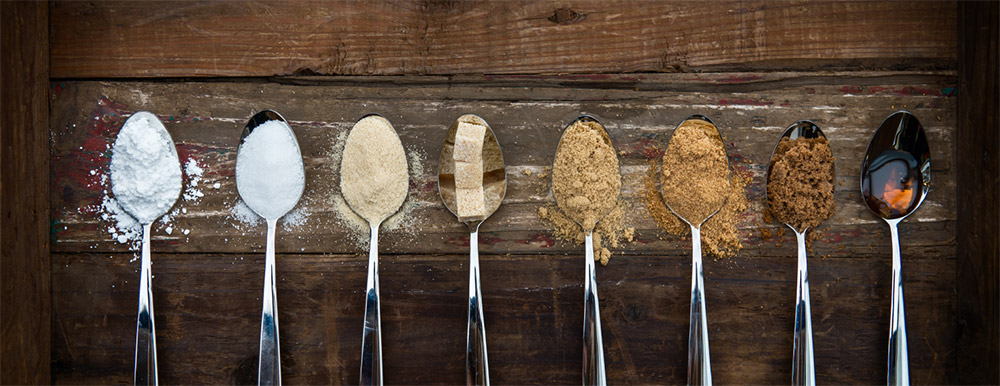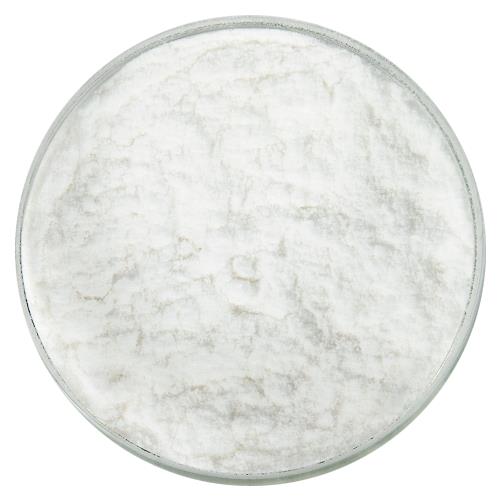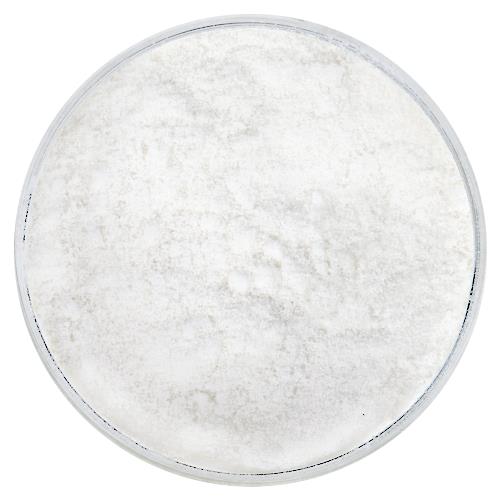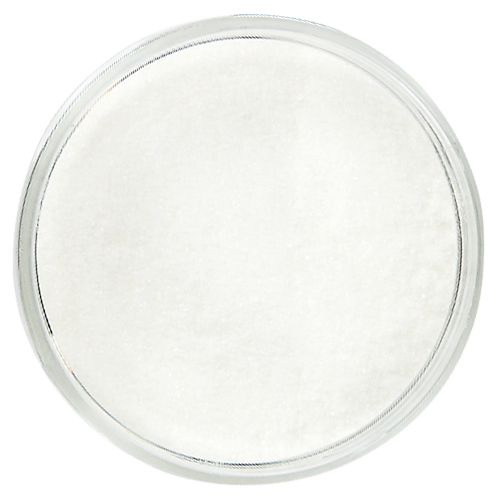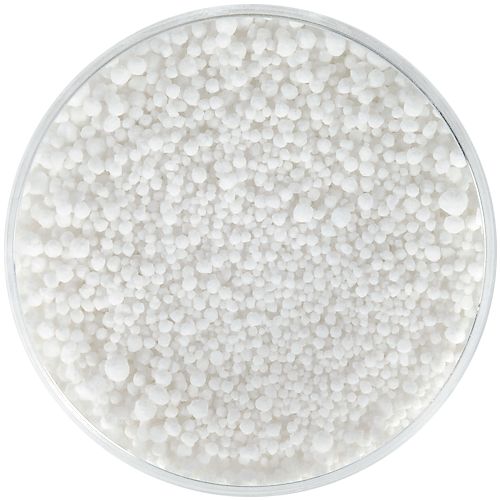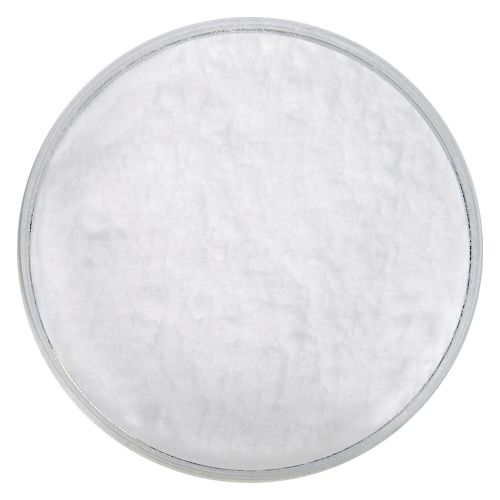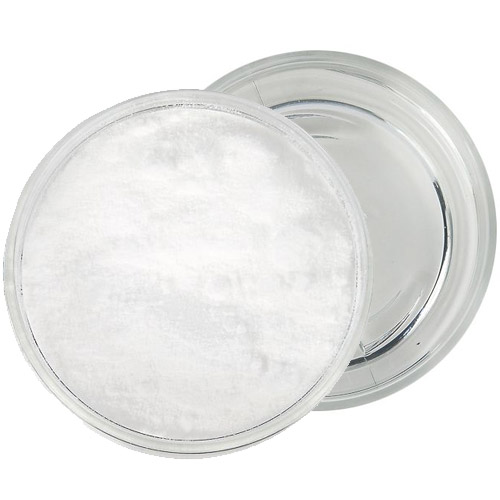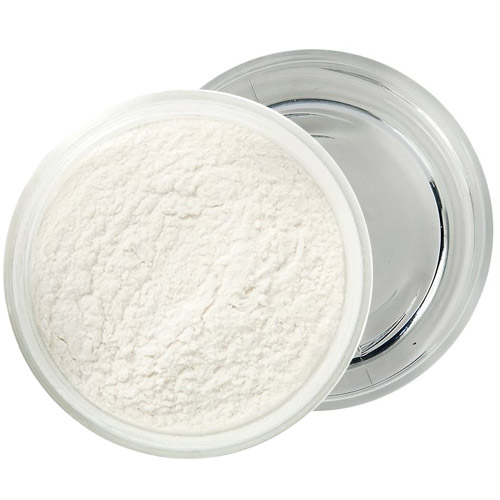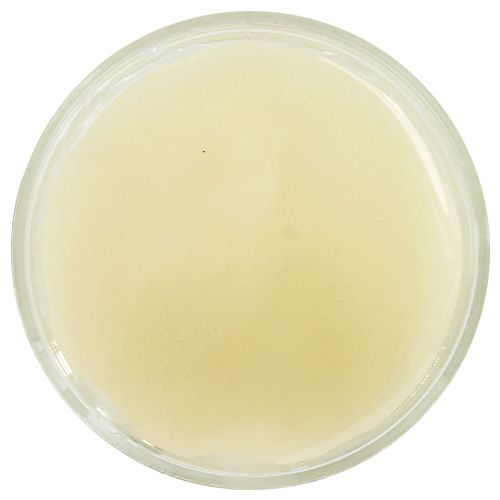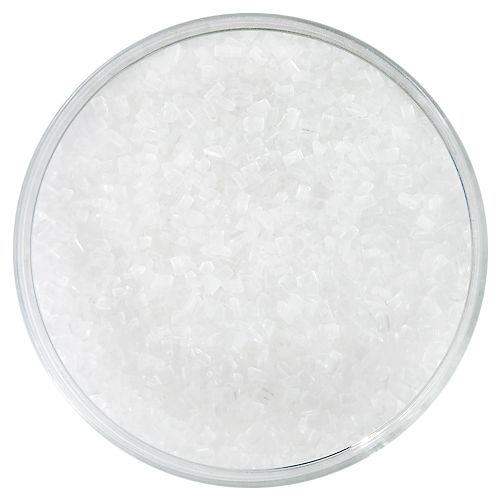TYPES OF SUGAR
11/30/2021
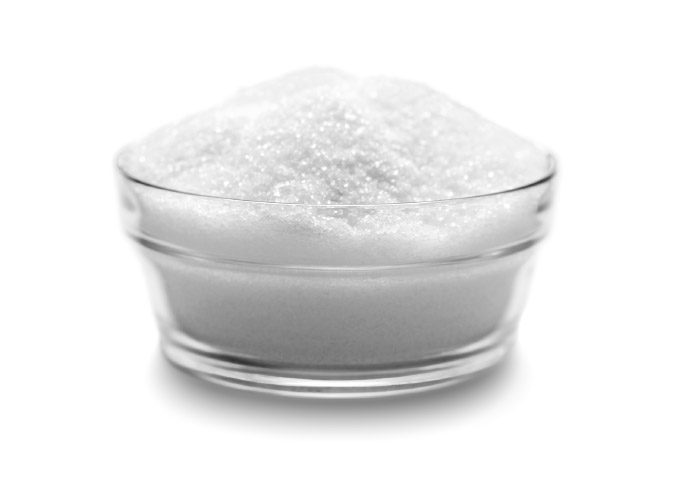
SUGAR SUGAR
Sugar, the common name for sucrose plays a vital role in so many foods and beverages that are a part of our daily lives. Sugar can be produced from either beets or sugar cane plants grown on farms.
There are two different types of sugar: naturally occurring, and added sugars. Naturally occurring sugars are found in foods such as fruits and milk; while added sugars include any sugars or caloric sweeteners that are added to foods and beverages.

GRANULATED SUGAR
a.k.a. Sucrose
Granulated sugar is what we know as “regular” sugar. This is the table sugar that we all grew up with! Usually derived from sugarcane or beets, this sugar has undergone a refining process leaving us with white sugar crystals. Aside from providing sweetness, granulated sugar also helps keep items soft and moist when baking. It can also deepen the color and flavor when added to bread dough.
CONFECTIONERS SUGAR
Take granulated sugar and mill it into a very fine powder, and the result is confectioners sugar. Powdered sugar can be found under different names like Icing Sugar or Fondant Sugar, but they are the same thing. This sugar will usually have a small amount of starch to prevent clumping making it ideal for sifting over cakes and other treats.
Used in:
- Frosting and Icing – Sugar dissolves quickly and produces a smooth consistency making it ideal for frostings and icings.
- Baked Goods – Make cookies, meringues, fudge and other baked goods.
- Decor – Dust powdered sugar on cookies, cupcakes, cakes, etc.
- Sweetener/ Substitute – Use as a sweetener in coffee and tea, and can substitute for granulated sugar.

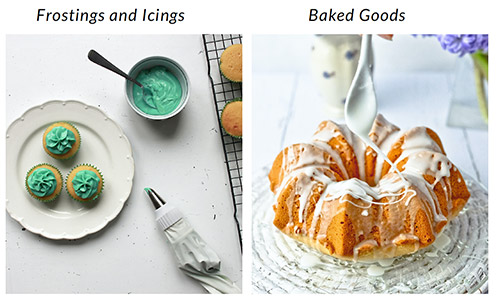
FRUIT SUGAR
a.k.a. Fructose
Fruit sugar is most commonly known as fructose. This is a natural simple sugar that is found in plants like fruits and vegetables such as apples, dates, artichokes and asparagus. Fructose can also be found in honey, sucrose and high fructose corn syrup.
When comparing the level of sweetness sucrose is at the base level of 100, anything higher is sweeter, anything lower is less sweet. Fructose is the sweetest of all naturally occurring sugars, the relative sweetness of fructose is 117 when measured to sucrose.
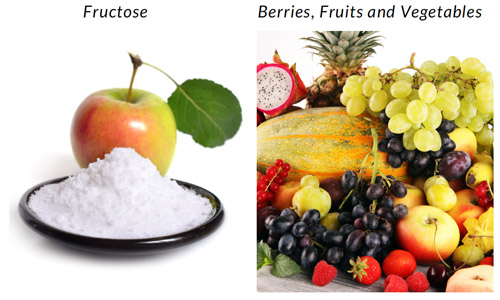
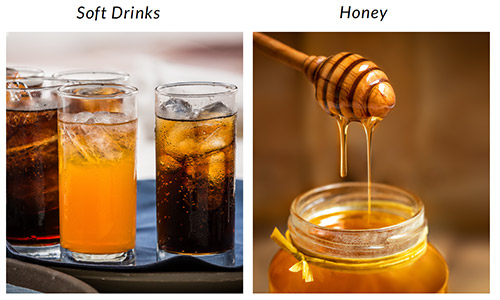
SUGAR ALCOHOL
Despite the name, sugar alcohols are neither an alcohol or a sugar. It is a type of low calorie sweetener derived from sugar and typically found in “sugar free” items. Sugar alcohols can be found in some fruits and vegetables, but are most often created using chemical modification. They can be found in food items like candy, gum, frosting and low or reduced calorie treats. Other uses for sugar alcohol include being used as a stabilizer and inhibiting crystallization in confections.
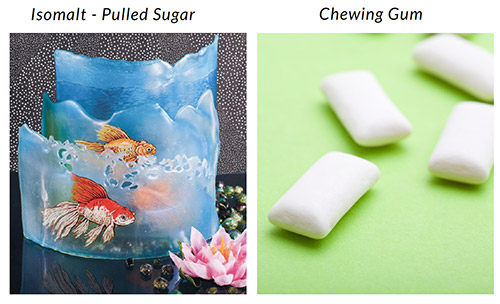
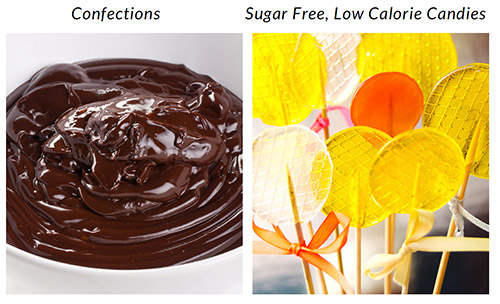
SIMPLE SUGARS
Chemically speaking, a simple sugar is a compound that has one or two sugar molecules or saccharides. Complex carbs have three or more. Simple sugar occurs naturally in foods like milk and fruit and are added to processed food to enhance the texture and shelf life.
Invertase Maxinvert – Invertase is an enzyme that is commonly used to make liquid centers and invert sugar in candy making. It is usually derived from yeast and is sold either as a clear liquid or as a powder that can be dissolved in water.
When added to sucrose (table sugar), invertase breaks down the sugar into a mixture of glucose and fructose, commonly called “invert sugar” or “inverted sugar syrup”. Invert sugar is frequently used in commercial baking and candy recipes because it keeps baked goods moist for longer periods of time.
When invertase is added to sugar candy recipes, like fondant candy fillings, it gradually liquefies the fondant. This is one way of producing the liquid center in candies like cherry cordials. The reaction takes a few days to occur, so you should plan on a waiting period when making liquid centers with invertase. The exact amount of invertase needed depends on many factors, including the strength and preparation of the invertase, the temperature of the environment, and the recipe itself. As a very general rule, you should add between 1/4 tsp – 1 tsp of invertase per pound of fondant.
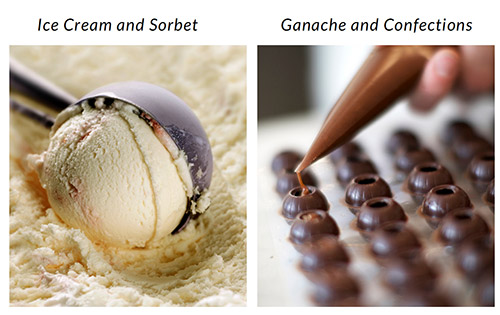

PEARL SUGAR
Simply put, Pearl Sugar is compressed sugar crystals that form larger pieces. Pearl sugar will not dissolve into baked goods. It is commonly used in baking, sprinkled over sweet buns, danishes, waffles, etc. Adding these pearls on top of baked items gives a crunchy element to the final product.
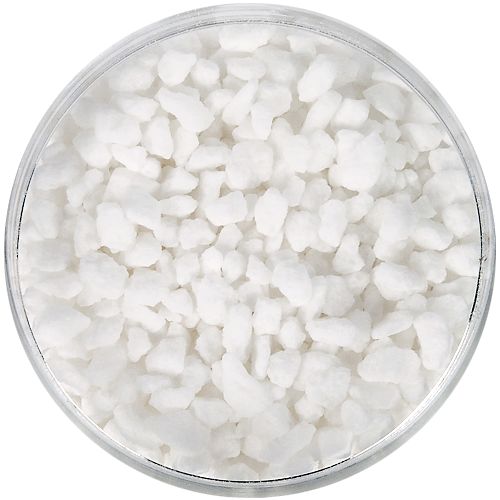
Pearl Sugar – Large, white crystals for baking and decorating. Certified Kosher and Pareve.

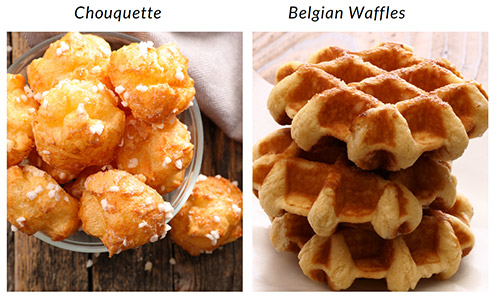
CRYSTAL AND SANDING SUGAR
Crystal and Sanding Sugar are larger versions of regular sucrose. They are resistant to heat and can add extra texture and crunch to cookies and other baked goods. Sanding and Crystal Sugars are mainly used for decoration and adding a sweet finish to a treat or beverage.
The main difference between the two is the grain size. Sanding Sugar will be finer than Crystal Sugar, however, both can be used for the same applications.
These sugars are available in plain crystal color, or in a variety of colors with added glimmer for a sparkling finish.
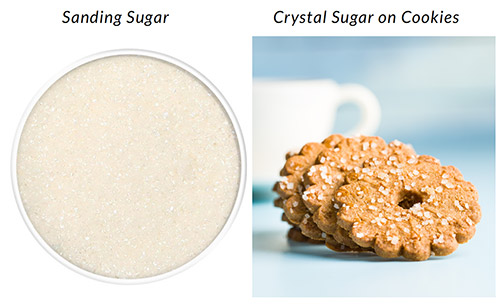
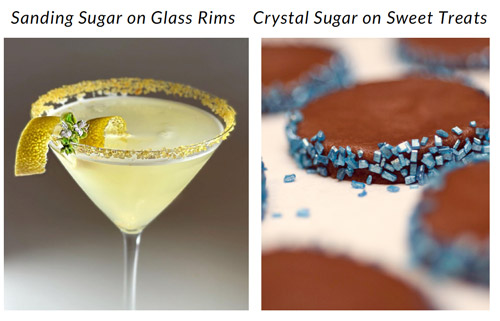
Sources:
CHEF RUBBER ON INSTAGRAM

